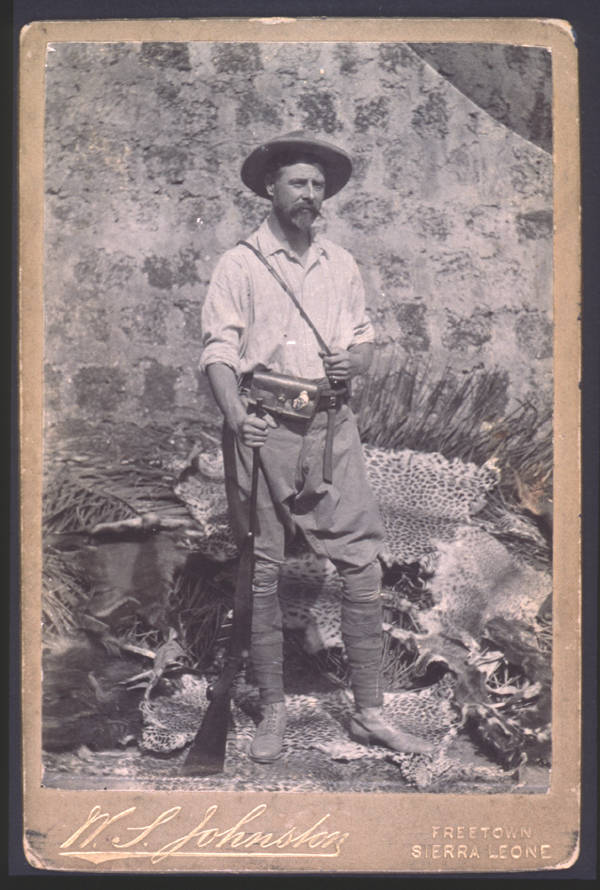
David Lloyd George, architect of the Welfare State and the greatest radical in British politics.
I hold something to be true. That radical thinking, particularly radical strategic thinking works.

David Lloyd George, architect of the Welfare State and the greatest radical in British politics.
I hold something to be true. That radical thinking, particularly radical strategic thinking works.
This blog – unlike many ad blogs that talk about the future – has always set itself against both the Ostriches and the Lemmings. Of course we all loathe the Ostriches, those who continue to find succour beneath the sands of the status quo. But I have an equal amount of contempt for the Lemmings.

My Grandparents were farmers in Somerset. They never really saw the necessity for television and indeed only got one in the early ’90s when my grandfather got ill. Consequently childhood visits were rather delightful since in the evenings we were required to make our own entertainment just as they had all their lives – the last vestiges of an Edwardian upbringing full of tennis parties, journal writing and the vigorous consumption of slim volumes of poetry.
And it rather tickles me to think that our sources of entertainment are coming full circle – back to ourselves and a world my grand parents might have been familiar with. But instead of keeping diaries we blog, instead of amateur dramatics we have You Tube and Googleidol and instead of dusty slide shows of people butchering endangered species with gay abandon we have flickr.
In my day we make our own entertainment.
None of that Lucozade nonsense here. I am trying to gather together set of utterly legendary repositionings from any part of culture or society. There are bonus points for total originality and deductions for mentioning the Fourth Emergency Service (tell me something I don’t know).
 The World’s first planner?
The World’s first planner?
A house ad for HHCL from the early 90’s proving that we have always known that ad avoidance is as endemic in the UK as avian flu.
I found this data on Ofcom’s website (the long winter nights simply fly by in the Huntington household). It got me to thinking how many real brands there are in the multichannel universe since it asks people in multichannel homes which channel they would chose if they could only have one (as good a definition of a brand as any). Clearly there will be a long tail but interesting that the big boys still rule (even the last gasps of ITV1). Note also the performance of Sky Sports – as many 16-24s would take Sky Sports as Channel 4.
So here is a rubbish idea. I am going to call it pimp my proposition. You give me and the rest of us a brand or category by posting a comment and I give you a proposition at best or a brilliant insight at worst. You decide I am way off the pace and ignore it while everyone else thinks i am an arrogant tosser. Eventually someone out there comes up with the goods three months after you needed it. Job done. If its a brand outside the UK I’ll definitely need the category.
This is a film that forms part of the PVR speech – an ad break of Cannes winners sped up to X30 just in case someone out there still hasn’t go the point yet.
An old HHCL mazda ad that was a little bonkers in a world of VCRs but may have fortold a way of engaging the PVR…
Bit of an aquired taste this but for those of you interested in some of the implications of the timeshifting revolution on ad engagement in general and pre-testing in particular here is the paper I gave to Admap’s pretesting conference on the 9th Feb 2006. Don’t all rush at once.
I cover some perenial favourites of mine like ad avoidance being a national sport and brand dawinism. But also introduce some stuff on the geometry of the break and the creative imperatives of the new communications world order.
There is also some new research in there – both quant and qual. Hurrah.
Both the speech and slides (you’ll need both) are available as downloads. A couple of the slides are missing (the mpeg of a fast forwarded break and a house ad we ran on ad avoidance) because they make the file too large. Frustrating! I will try and solve this.